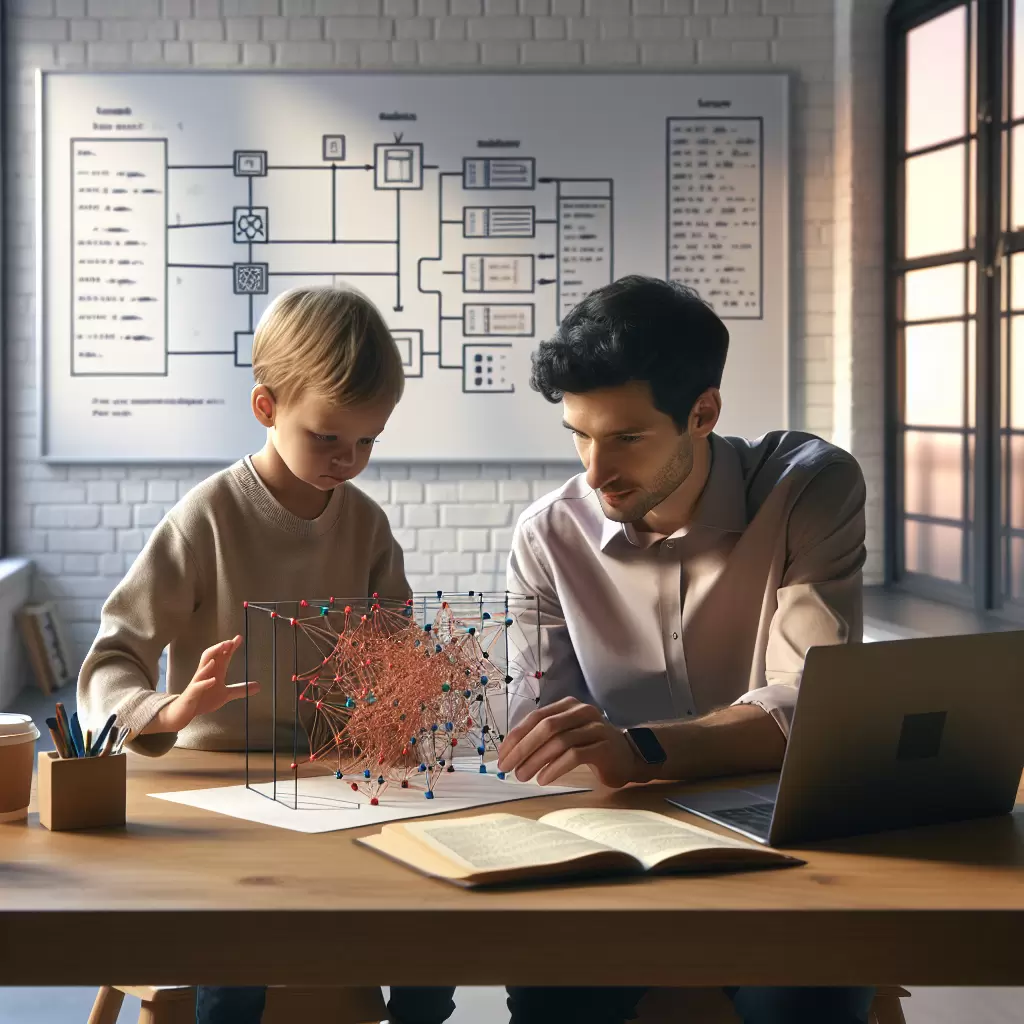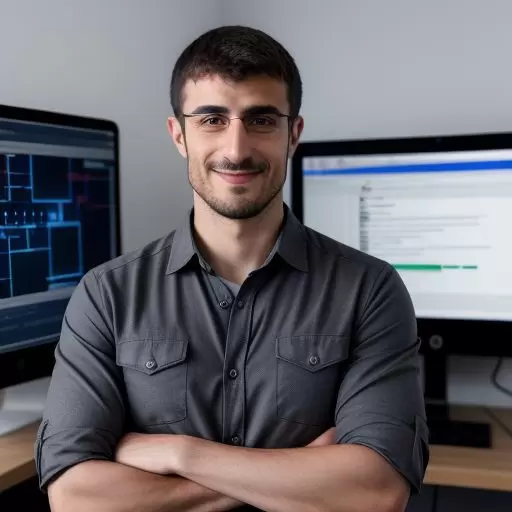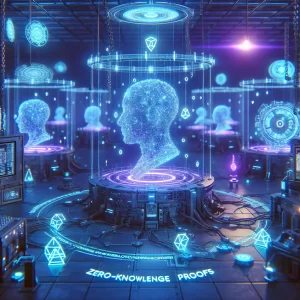Neural Networks Explained Like You’re 10 — But Smarter Than Ever in 2025

Neural Networks for Kids: A 2025 Guide to Smart Machines
Welcome to the exciting world of neural networks! If you’re a curious 10-year-old or just someone who wants to understand how smart machines work, you’re in the right place. In this guide, we will explore what neural networks are, how they function, and why they are important in our everyday lives. By the end, you’ll have a solid understanding of these fascinating technologies that are shaping our future!
Neural networks are a type of artificial intelligence (AI) that mimic the way our brains work. Just like our brain is made up of billions of tiny cells called neurons, neural networks consist of layers of interconnected nodes that process information. These nodes work together to recognize patterns and make decisions, just like how you learn from your experiences.
What Are Neural Networks?
Imagine teaching a computer to recognize pictures of cats and dogs. You show it many images of each animal, and over time, it learns to tell them apart. This learning process is what makes neural networks so powerful. They can analyze vast amounts of data and improve their performance as they receive more information.
How Do Neural Networks Work?
Neural networks operate using three main layers: the input layer, hidden layers, and the output layer. Each layer has nodes that perform different functions:
| Layer Type | Function | Example |
|---|---|---|
| Input Layer | Receives the data | Images, Sounds |
| Hidden Layer | Processes the data | Identifying features like shapes or colors |
| Output Layer | Delivers the result | Classifying an image as a cat or dog |
The information flows from the input layer through the hidden layers until it reaches the output layer, where a decision is made. This process is called “forward propagation,” and the network learns by adjusting the connections between nodes based on the errors it makes, a process known as “backpropagation.”
Why Are Neural Networks Important?
Neural networks are everywhere! They help in various fields such as healthcare, where they can assist doctors in diagnosing diseases, or in entertainment, where they recommend your favorite movies and songs. They are also used in self-driving cars and even in video games, making them smarter and more realistic.
How Can Kids Get Started with Neural Networks?
There are fun ways for kids to learn about neural networks! Here are some ideas:
- Play with educational games that teach coding and AI concepts.
- Use online platforms that allow you to build simple neural networks.
- Join coding clubs or workshops focused on AI and machine learning.
Learning about neural networks can be both entertaining and educational. As technology advances, understanding these concepts will become even more crucial for future innovators!
In 2025, teaching kids about neural networks will not only involve explaining how they work but also showing them how they can create their own simple neural networks. Through engaging activities and interactive tools, children can experiment with programming and see firsthand how these networks learn and improve over time. The goal is to inspire the next generation to become innovators and creators in the field of artificial intelligence.
| Concept | Kid-Friendly Explanation | Example |
|---|---|---|
| Neurons | Think of neurons as tiny helpers in your brain that send messages to each other. | When you see a dog, the neurons help you recognize it as a dog. |
| Layers | Layers are like different teams of helpers that work on different parts of a problem. | One team looks at shapes, while another team looks at colors. |
| Training | Training is like practicing for a sport. The more you practice, the better you get! | A neural network learns to recognize cats by looking at thousands of cat pictures. |
| Output | Output is the answer that the neural network gives after thinking about a question. | If you ask if it’s a cat or a dog, the network will say “cat” or “dog” based on what it learned. |
By using fun analogies, hands-on activities, and interactive games, we can help kids understand the fundamentals of neural networks. Imagine creating a game where kids can train their own neural network to identify different animals or objects! This type of project not only makes learning fun but also equips them with valuable skills in coding and critical thinking.
Neural networks are a key technology that helps machines learn and make decisions. With a little curiosity and creativity, kids can explore this fascinating field and perhaps even create their own smart machines one day!
Neural networks are computer programs that try to mimic how our brains work. They learn from examples, just like you do when you practice a skill, to make decisions or recognize patterns.
Neural networks learn by looking at lots of data and making guesses. They get feedback on whether their guesses are right or wrong, and they adjust themselves to improve over time, similar to how you learn from mistakes.
In 2025, neural networks are used in various fields, such as self-driving cars, medical diagnosis, language translation, and even creating art. They help make tasks easier and faster by analyzing data quickly.
Traditional programming follows strict rules set by a programmer. Neural networks, on the other hand, learn from data and discover patterns on their own, making them more flexible and capable of handling complex tasks.
Yes, neural networks can make mistakes, especially if they are trained on bad data or not enough examples. They are not perfect, but they can get better with more practice and better data.
By 2025, we can expect neural networks to become even smarter, faster, and more efficient. They may also become more capable of understanding context and emotions, leading to better interactions with humans.
To start learning about neural networks, you can find online courses, read books for beginners, or watch educational videos. Hands-on practice with coding and experimenting with small projects can also help you understand how they work.





